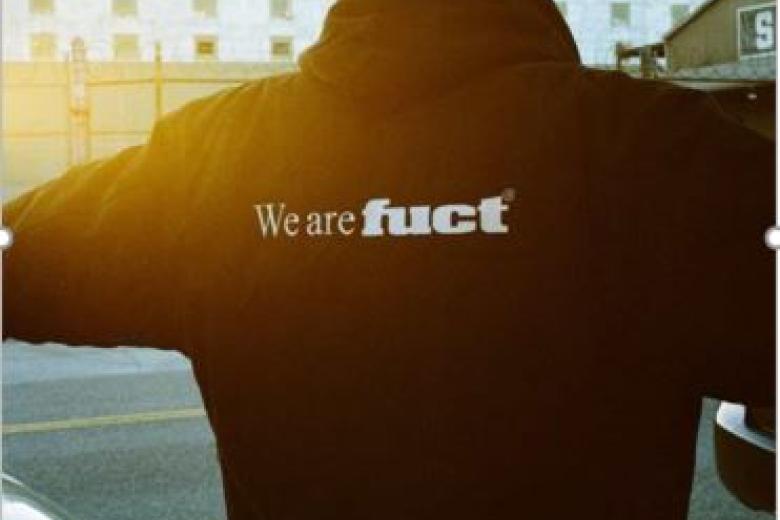The copyright implications of Cofemel
Is the design of a pair of jeans a matter of industrial property under design law, or should it also be considered as a ‘work of artistic creation’ under copyright?
A further extension of copyright,
for which consumers pay the price C-683/17 Cofemel
Certain products (or ‘works’) can be the subject matter to more than one Intellectual Property Right (IPR). The CJEU in the Cofemel decision (12.09.2019) established that where an object is protected under design law (such as the jeans in the main proceedings), it can enjoy copyright protection as well, provided that it
- Has any ‘originality’ in the copyright sense, whereby the author’s own intellectual creation is sufficient to establish originality.
- and that it is identifiable with precision and objectivity.
If the jeans and t-shirt in the main proceeding fulfil these conditions, they are protected by copyright as well as design law (§29-30). After Cofemel, total accumulation of design and copyright is possible.
A lower threshold of originality for copyright works
If a product constitutes an industrial or handicraft item, it falls under the subject matter of design law. In principle, such items cannot be ‘original’ (which is a requirement for copyright protection): authors by definition do not make free and creative choices where their creative freedom is strictly limited to the function that the object needs to perform. For example, in creating the external appearance of a chair, the author is limited by the fact that the chair needs to be fit for sitting: her choices are limited.
To make this originality/functionality contradiction work (full cumulation), the CJEU effectively lowered the threshold of ‘originality’ needed for copyright protection to ‘any degree of freedom in the aesthetic design of the product’ - even if such degree is marginal or highly restricted by the functional requirements; as opposed to the standard before Cofemel, which was the author's own intellectual creation and the ability to make free and creative choices (Painer), where such choices were not dictated by the functional requirements.
Objects with everyday functions are protected by copyright
Before Cofemel, the CJEU reasoned in C-310/17 Levola v Smilde case that “only something which is the expression of the author’s own intellectual creation may be classified as a ‘work’” under copyright. It follows that with an object that needs to perform a function, choices of the author are not ‘free’ anymore and as such, said object could not be a ‘work’ of copyright (art. 2 Berne Convention). The CJEU in C-604/10 Football Dataco reasoned that the physical effort and skill (in terms of time and investment) of creating a copyright work are not relevant for the assessment of ‘originality’ in EU law. In light of this, can common items such as a pair of jeans fulfil the originality standard?
The CJEU in Cofemel reasons that any degree of originality would suffice; hence, jeans can be a ‘work’ of copyright if they show a minimum degree of creative choices. This is even so for an object that has an every-day/banal function.
Protection extended to life + 70 years
If an everyday object that mainly serves a function but has a tweak to it (such as a cup, or cutlery) can now enjoy copyright protection, it will be protected for the duration of the life of the author and 70 years after her demise – just like Shakespeare’s works are. This is a significant extension of the protection as compared to unregistered or registered design law. In fact, without the possibility of full accumulation, industrial designs are only protected for 5 years (renewable to a maximum of 25 years) if they are registered, or for 3 years when unregistered.
In the Cofemel judgment, the CJEU recognizes this considerable increase of protection and adds a caveat in §50: “the protection associated with copyright, whose duration is very significantly higher, is reserved for objects worthy of qualifying as works”. Whether or not this contradicts the main line of reasoning of the court in §29 and 30, remains to be seen.
Is Cofemel an over-reach of the CJEU?
The CJEU provides for full cumulation of copyright and design right protection. Consequently, there are 3 main problems with this decision:
- The devaluation of copyright protection, extending it to protect banal objects;
- The restriction of competition as copyright extends the regular term of protection from 5 (max 25) years, to life + 70 years – now for handicrafts objects too;
- The legal uncertainty on whether or not any banal object is still protected by design law/ copyright – Competitors will not be able to know if an expired design will still be protected by copyright (which does not have a registry).
Whether or not these critiques will be addressed by the CJEU, witnessing the implications of this decision and future case law based on it, will bring exciting times ahead.
| More blogs on Law Blogs Maastricht - Written by Georgy Pyasetskiy and Virginia Debernardi |
-
Are we FUCT?: US Supreme Court rules in favour of the ‘Scandalous’ Trademark
The protection of ‘offensive’, ‘scandalous’ and ‘immoral’ trademarks has been a subject of hot debate time and time again. To say that opinions on the matter are divided would be a great understatement. The US Supreme Court took a stance in its recent judgment on the protection of an ‘immoral’...
